The King Of Video Doorbells - Reolink Video Doorbell Review
The Reolink Video Doorbell features good image quality, person detection, PoE, motion zones, RTSP, Home Assistant integration and more!
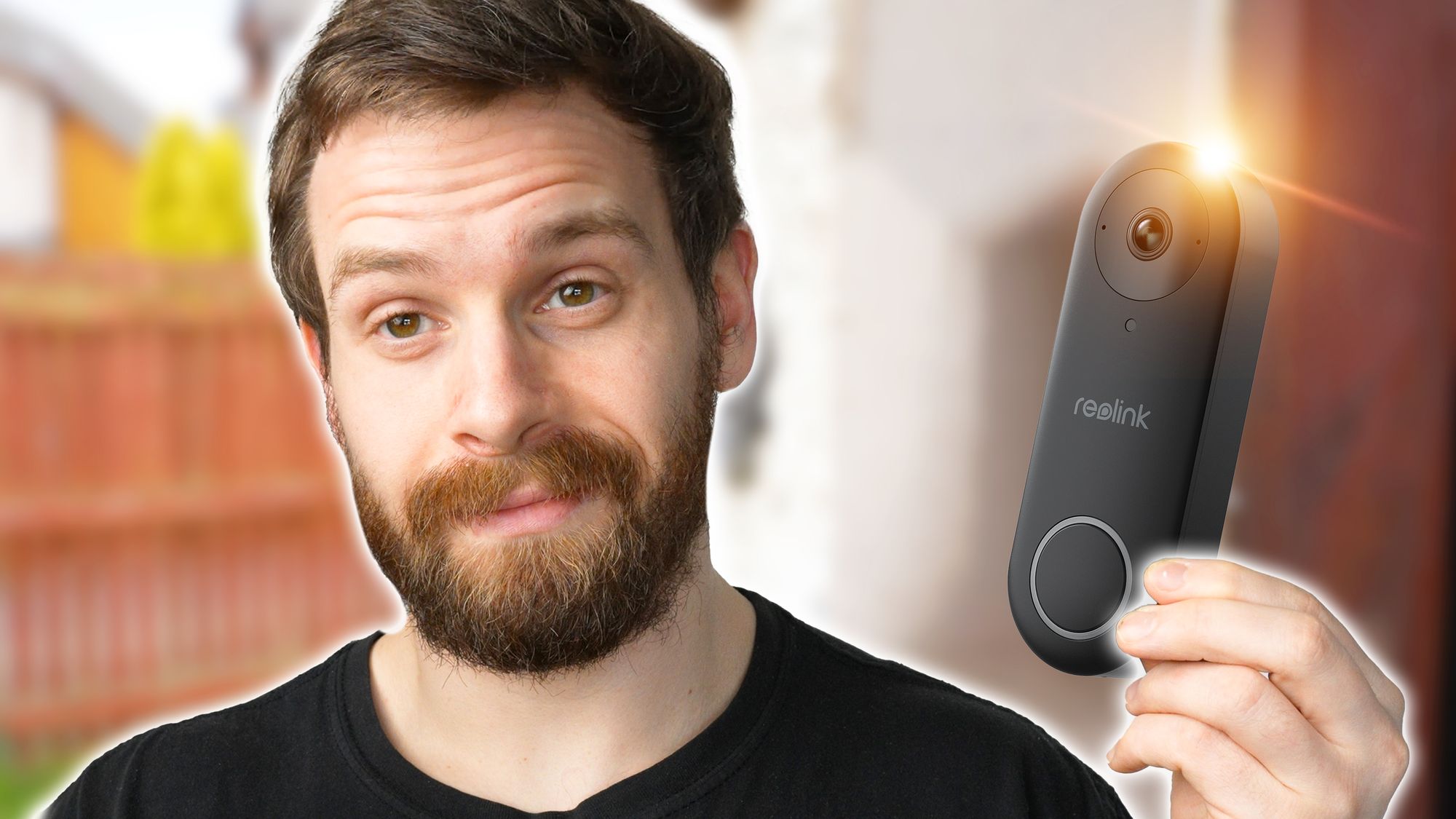
Recently we took a look the brand new doorbell from Aqara, and whilst lots of you liked the price and features, many of you expressed disappointment at the missing home assistant integration and lack of RTSP - can the Reolink Video Doorbell fill that gap? Let's find out!
Video
Design
The Reolink doorbell has an all-black construction, with the only colour coming from its LED ring around the push button.
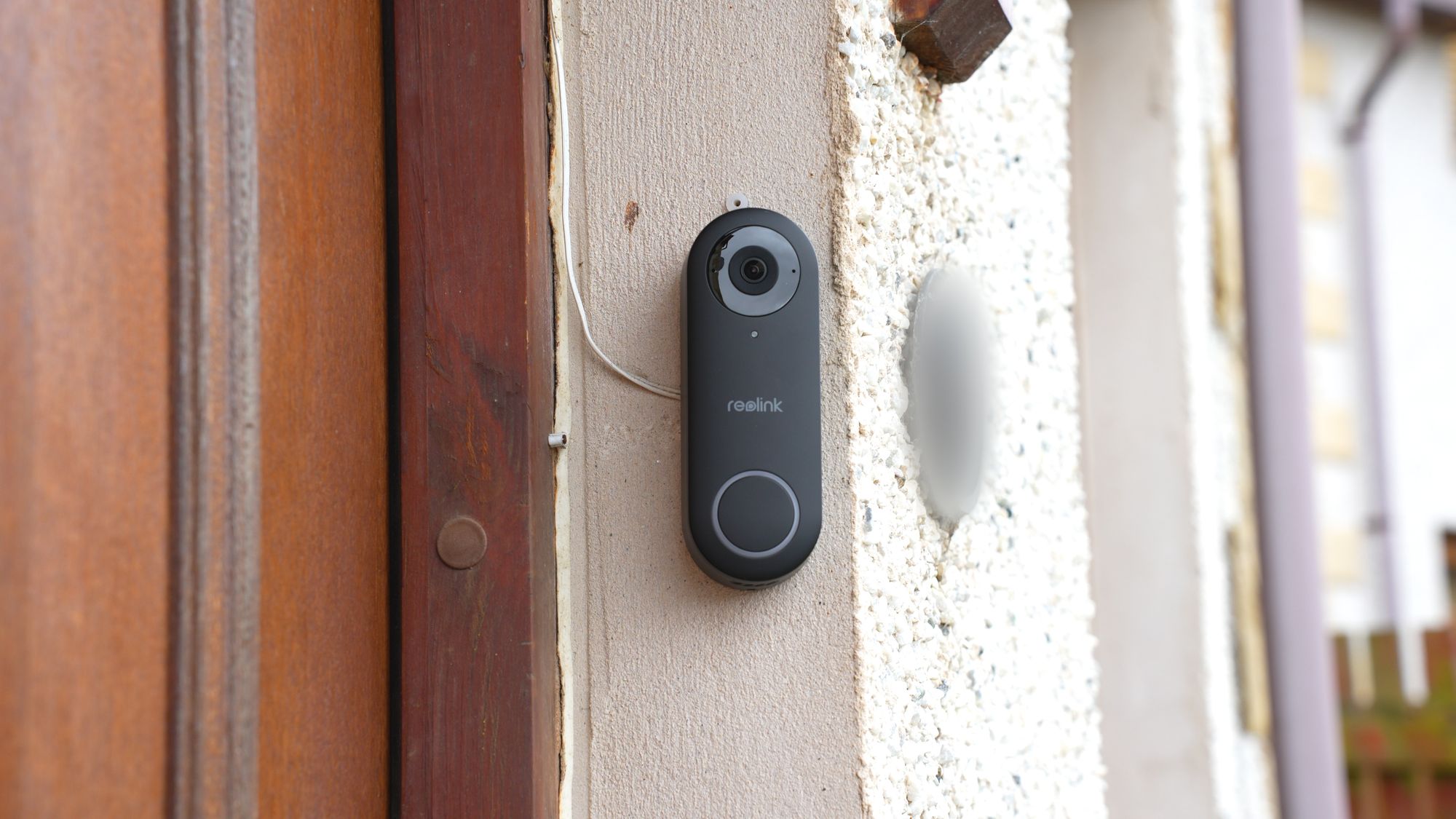
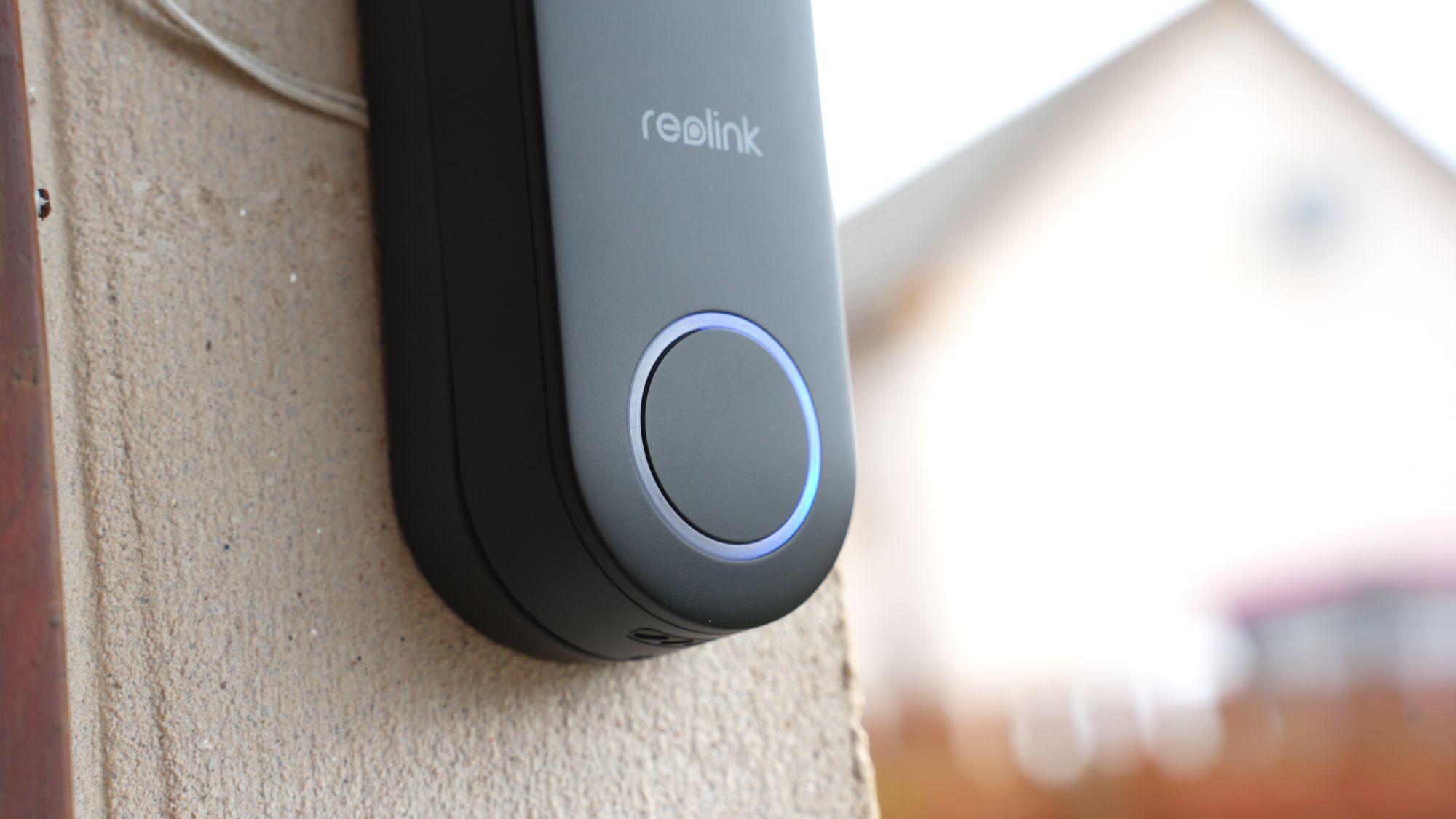
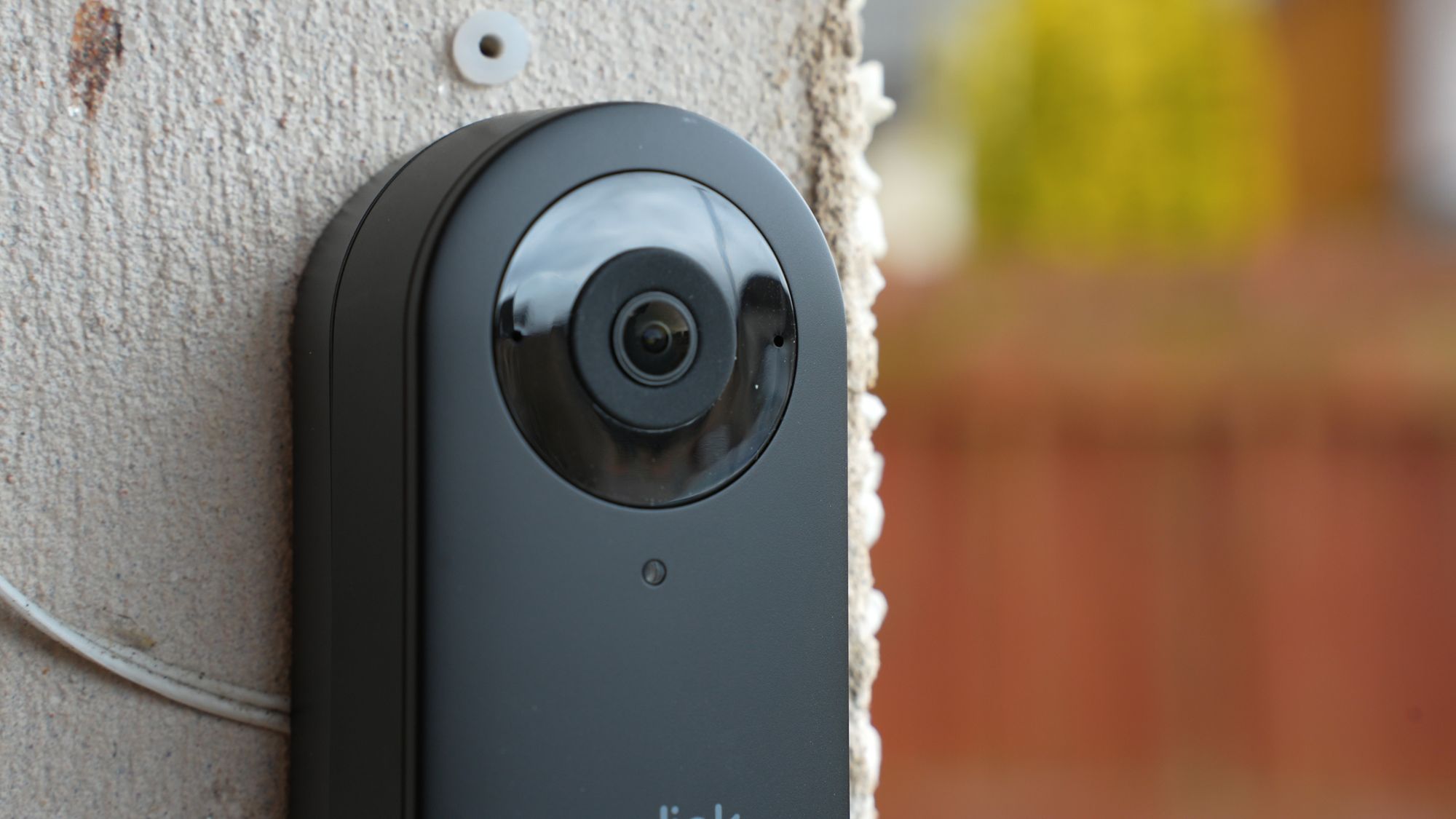
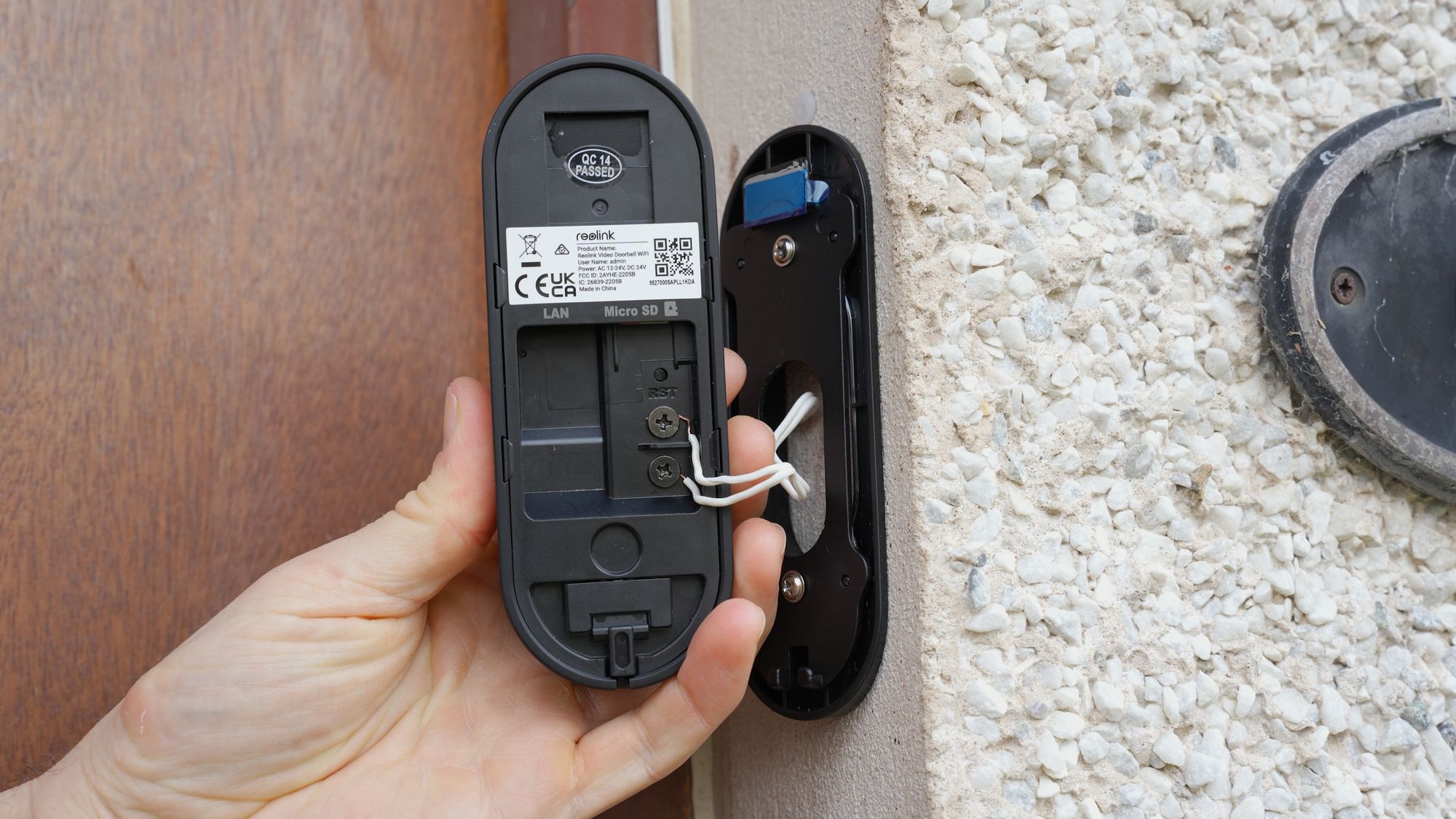
The camera offers an improved 5MP (2560x1920) sensor compared to the 1080p sensor of the Aqara, although the Aqara has a wider field of view.
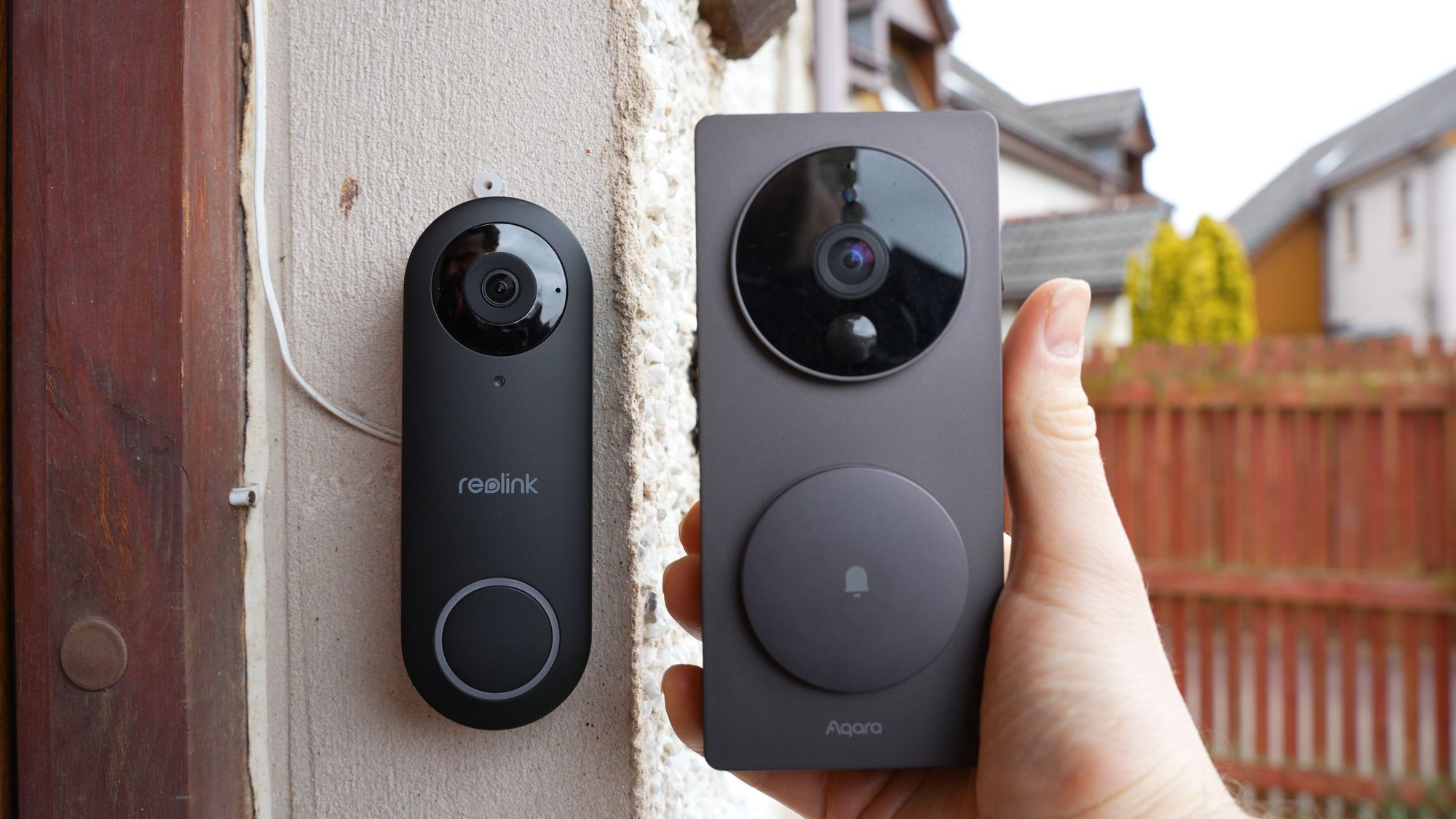
The Reolink is also significantly smaller than the Aqara G4, making it more discreet. The doorbell is a powered unit (no battery) with an ethernet port for a fast connection, and it is available in both WiFi and PoE (Power over Ethernet) versions.
Specs
- Resolution: 5MP, 2560x1920
- Field of View: 160 degrees
- Night Vision: Up to 30 feet with infrared LEDs
- Two-Way Audio: Built-in microphone and speaker
- Motion Detection: Person detection, Customizable sensitivity and zones
- Storage: Local storage with microSD card (up to 128GB) or record to a Reolink NVR (or any other NVR with RTSP/ONVIF)
- Power: Hardwired (16V-24V AC)
- Connectivity: 2.4GHz/5GHz Wi-Fi
- Integration: Compatible with Google Assistant and Amazon Alexa
- App: Reolink mobile app for iOS and Android devices
- 133mm x 48mm x 23mm (HxWxD)
- 96g
- Buy the WiFi version
- Buy the PoE version
Chime Unit
Just like the Aqara, the Reolink also comes with an included and mandatory chime unit that you have to plug in if you want the chime to work, you cannot use your own chime which is really frustrating. So far, the Eufy dual is the only doorbell I’ve used that has that feature.
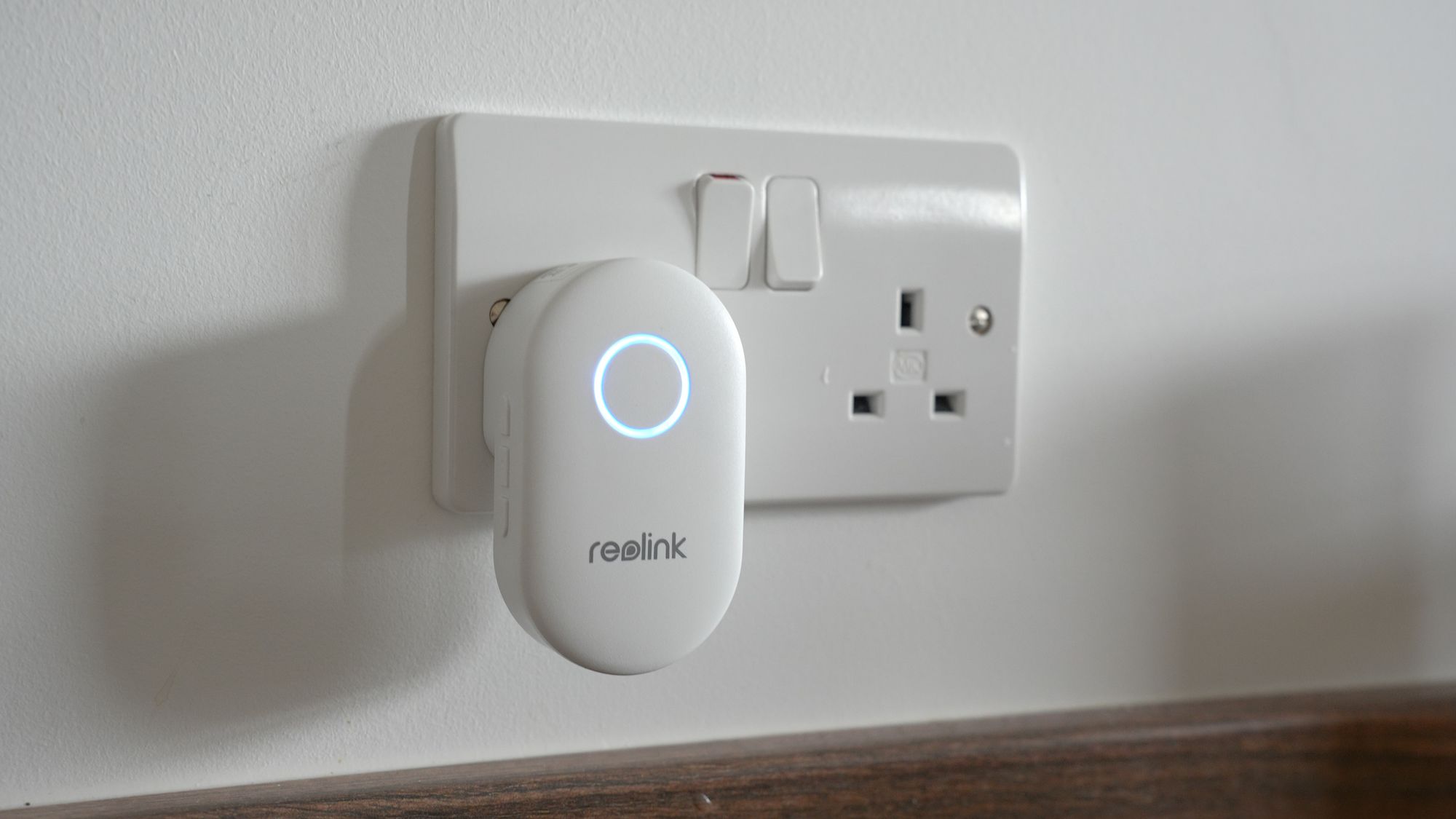
The difference with the chime here is that it’s not required for the doorbell to connect to Wifi or your network like it is with the Aqara - this simply does the chime, it doesn’t handle any video transmission or recording, just plug this into any available plug and away it goes.
Power
It’s also worth mentioning that the Reolink will accept 12-24v AC power or 24 volts DC.
Something else to note is that for my doorbell transformer, I had to bridge two of the connections inside the unit otherwise the doorbell would continuously reboot with the LED flashing.
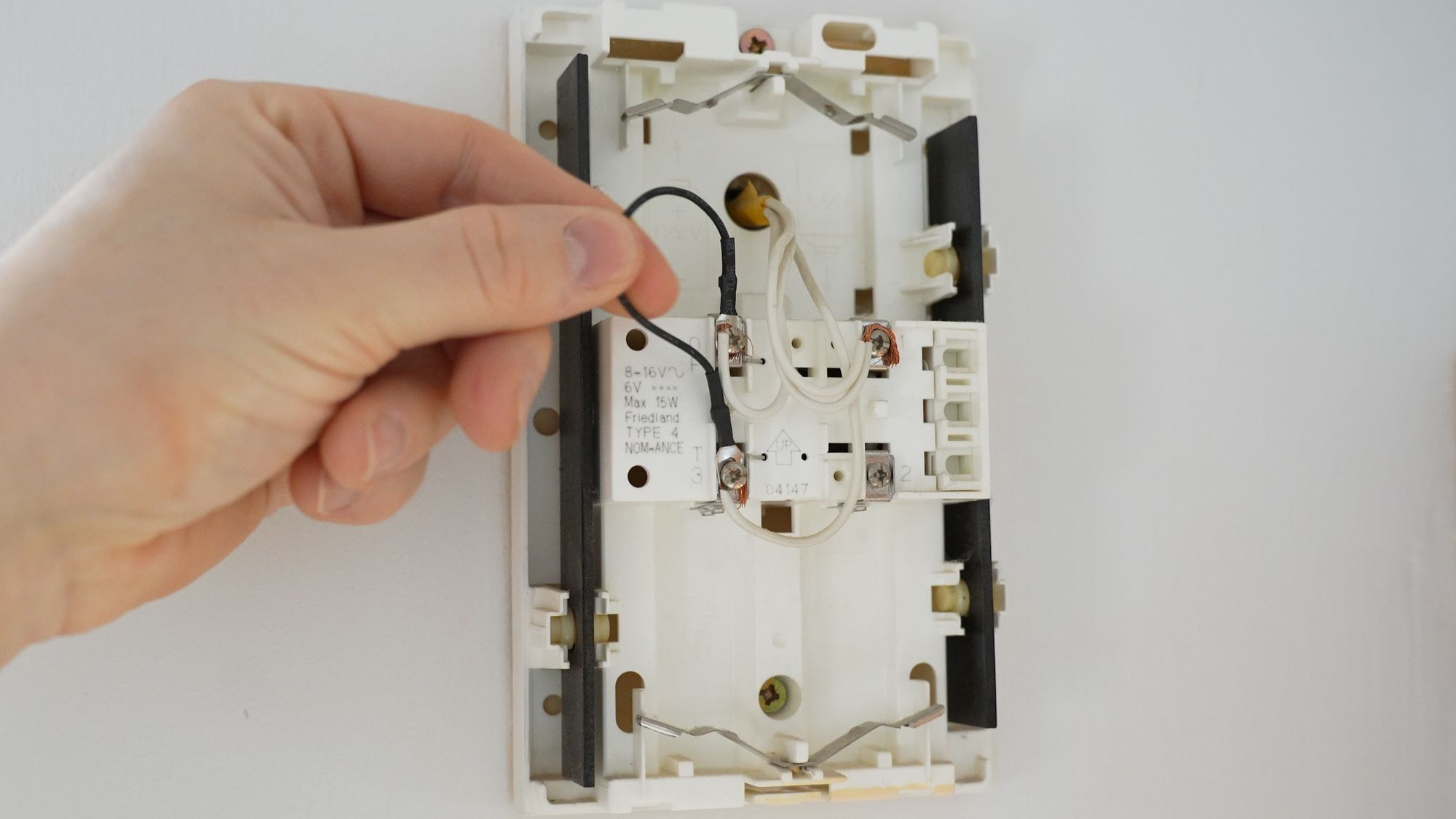
Reolink does document this, but thought I’d mention it and it’s a little bit annoying to have to do as I didn’t have to do this with the Aqara.
Reolink App
The Reolink app is very familiar if you have used any of their cameras before and it’s much better suited to playing back footage and seeing the history of events than the Aqara app is. Which makes sense since Reolink exclusively make cameras so their app is tailored for that experience.



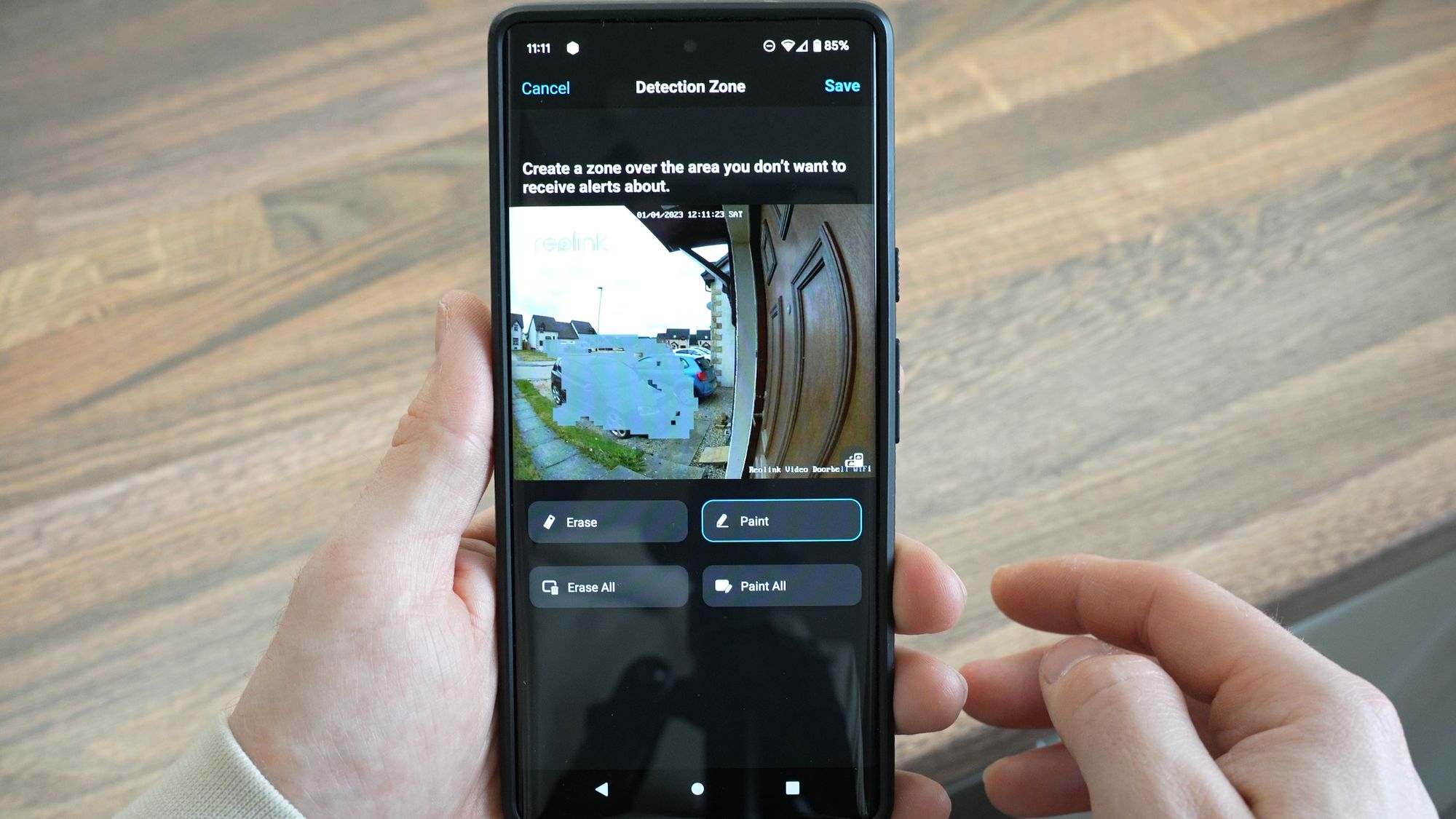
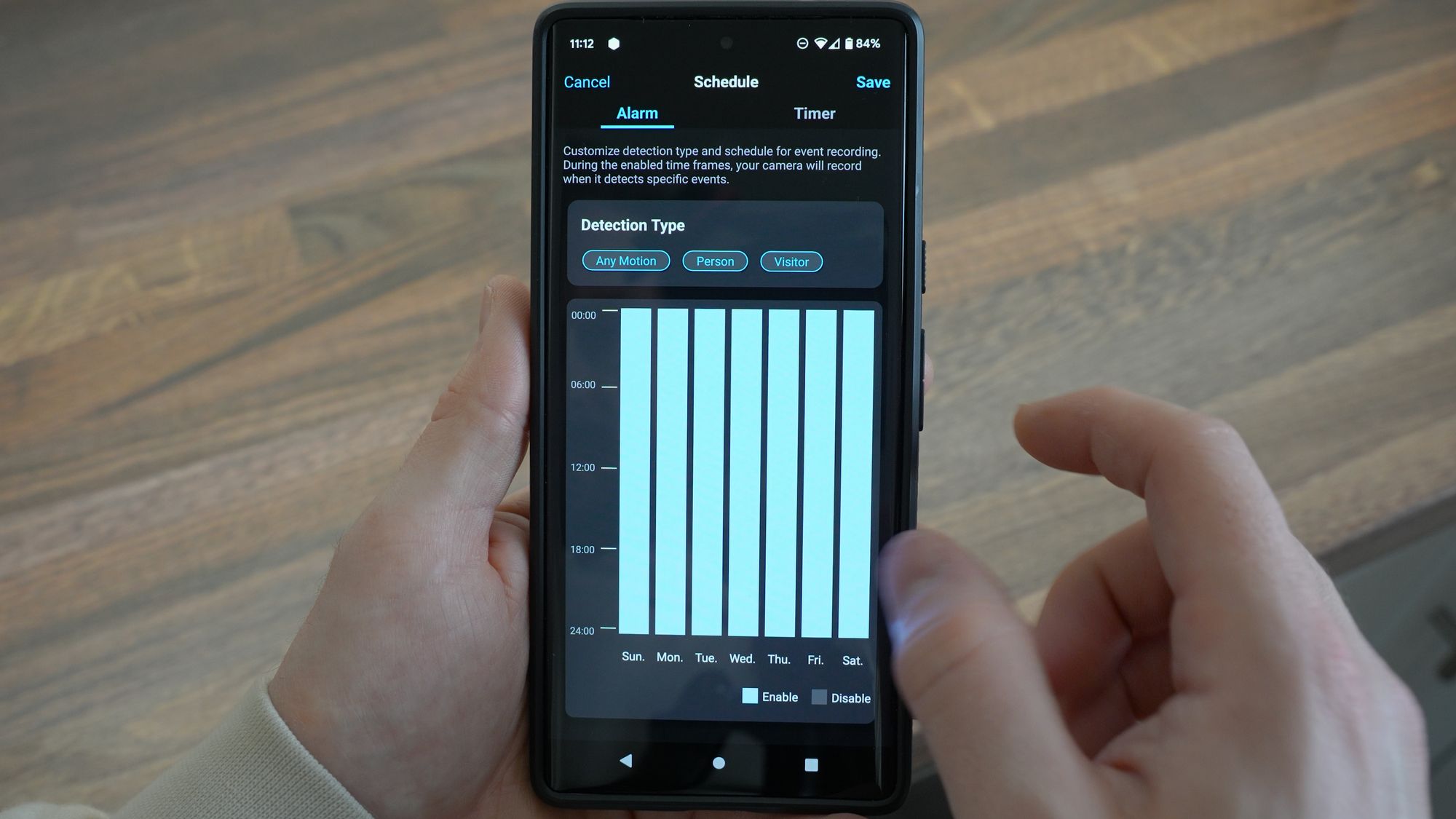
Opening up the livestream is really snappy, I’d say on par with Aqara one and no issues from me there, you can then easily tap to talk, use the quick replies which will play a pre-recorded message or playback clips.
Playback gives you a timeline view where you can see what type of event triggered a recording, with little icons which indicate why.
The settings also has way more granular control over the camera itself, things like changing the brightness, quality fps and bitrate for both the high and low quality streams and motion zones which I mentioned was missing from the G4.
Responsiveness
Responsiveness is pretty good as mentioned - the livestream opens really quickly, notifications come through in a good time, though we will talk more about those in a second, and generally it’s pretty good to use.
In terms of lag, I’d say it is on par if not ever so slightly quicker then the Aqara G4.
Recording
As mentioned you can record to the SD card which is inside the unit, and you can record continuously or on motion or person detection.
You can also record to a Reolink NVR if you have one with other cameras meaning you can keep all of your video recording devices under one app.
Since the Reolink supports RTSP and ONVIF, this opens the door to be able to use any NVR of your choice without being locked into the Reolink software - popular ones at the moment are BlueIRIS or if you are into Home Assistant, then Frigate is also popular.
Image Quality
Image quality is where I think the Reolink edges out the Aqara by quite a bit.
During the day, we definitely see the higher resolution come into play here with a sharper image along with increased bitrate.
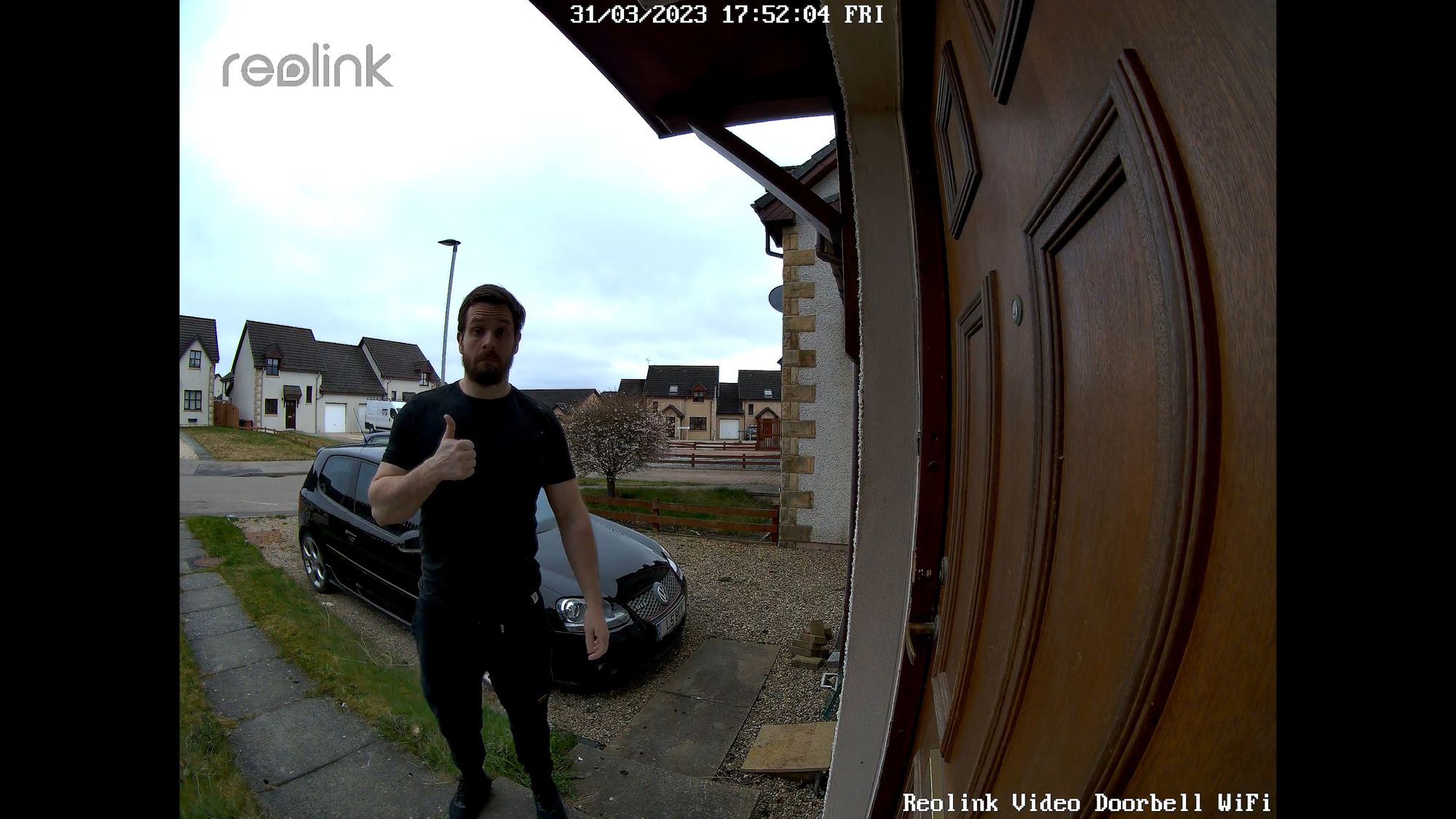
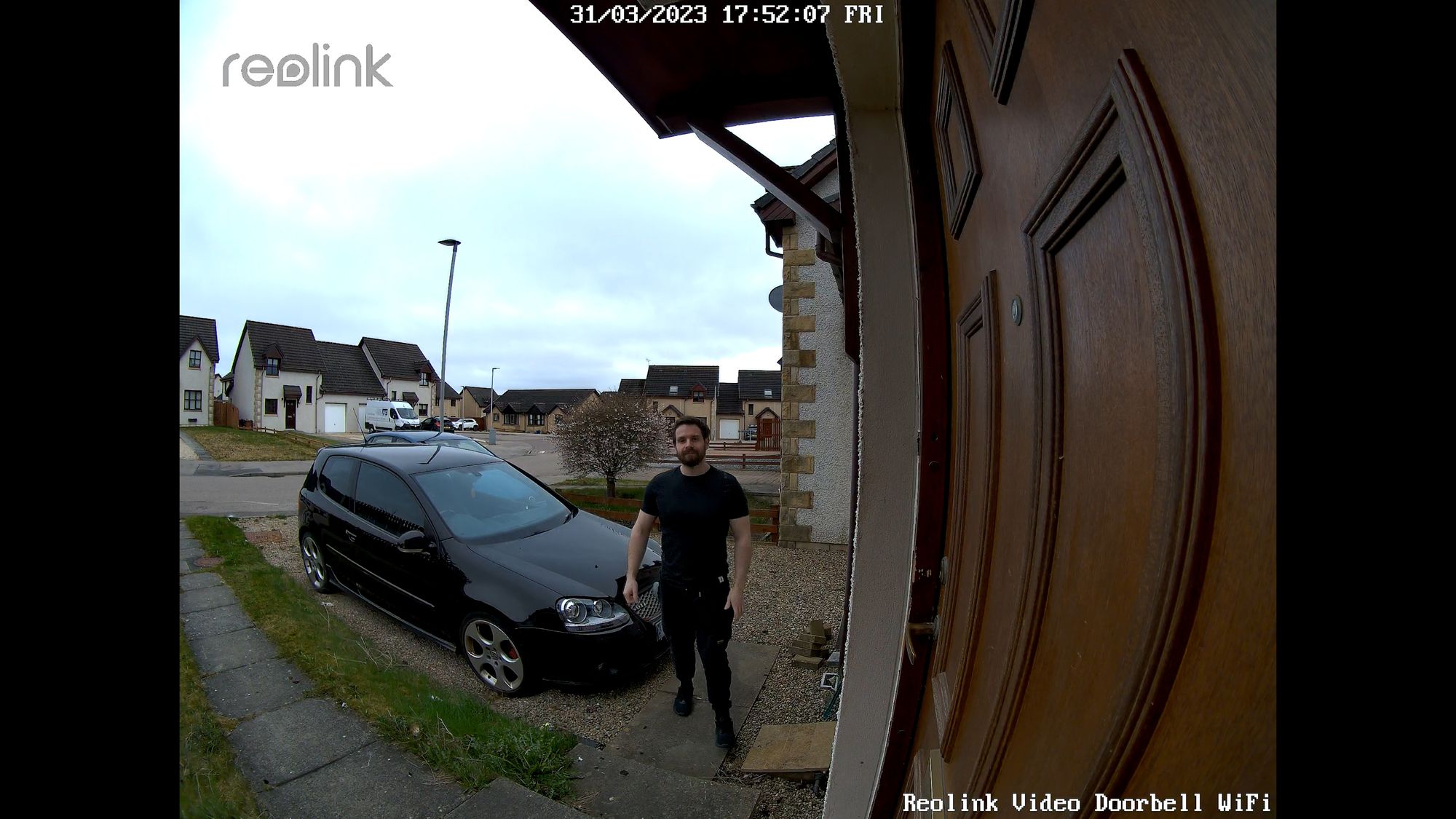
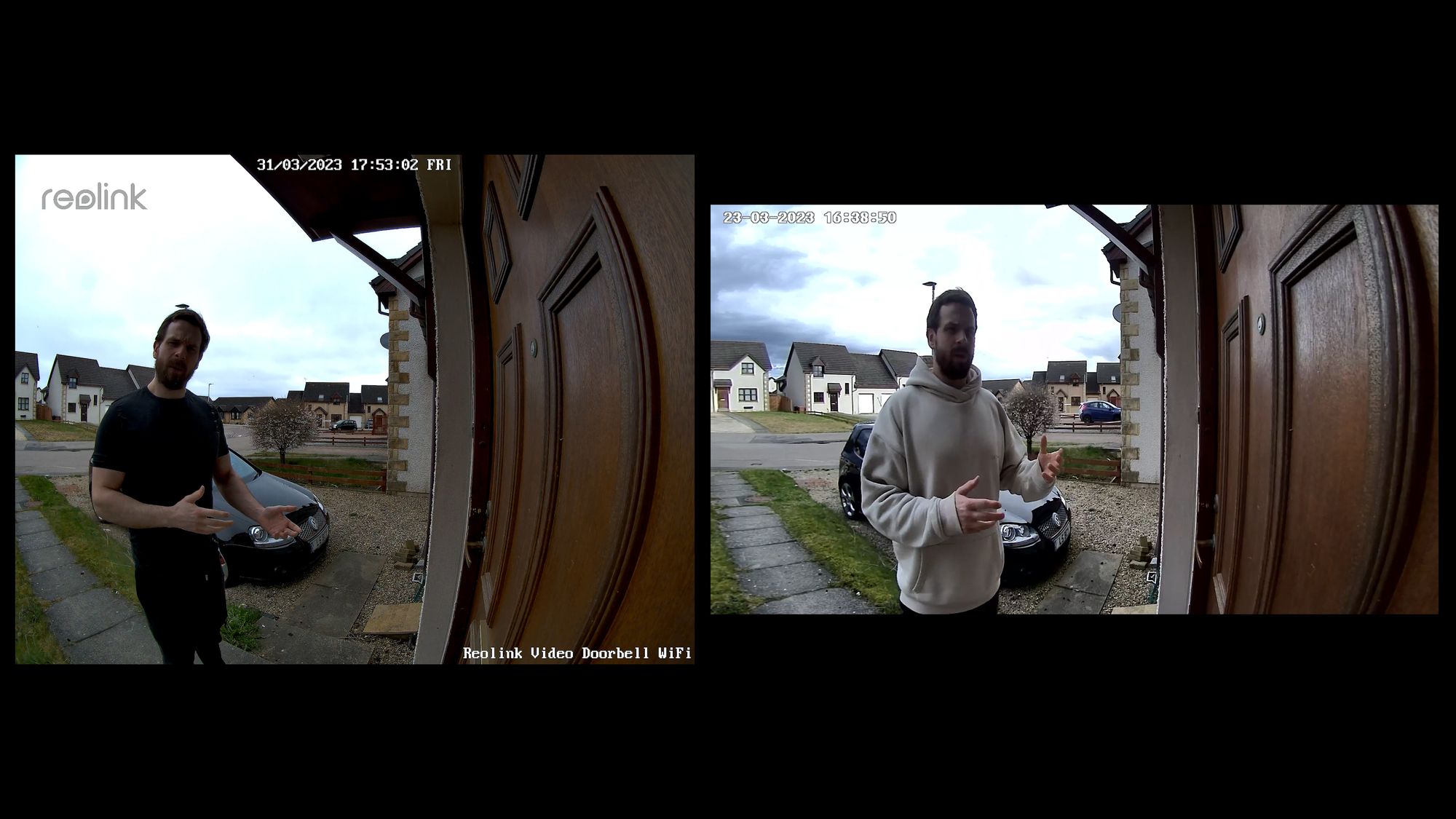
It’s worth mentioning that both of these were mounted in the exact same position, and you can see that the Aqara does have the wider horizontal field of view at 162 degrees vs the 134 degrees of the Reolink, but has a lesser vertical field of view.
Overall, was really impressed with the daytime image, dynamic range was good, detail was good and I’d say that this is probably the best image I’ve personally seen from a video doorbell before, which makes sense given their camera building experience.
Night time footage is also an improvement, but with a little bit of a caveat - when the IR would trigger on at night, you can see it really leaves quite a big bright spot on the door and darkens the rest of the image making it difficult to see the path.
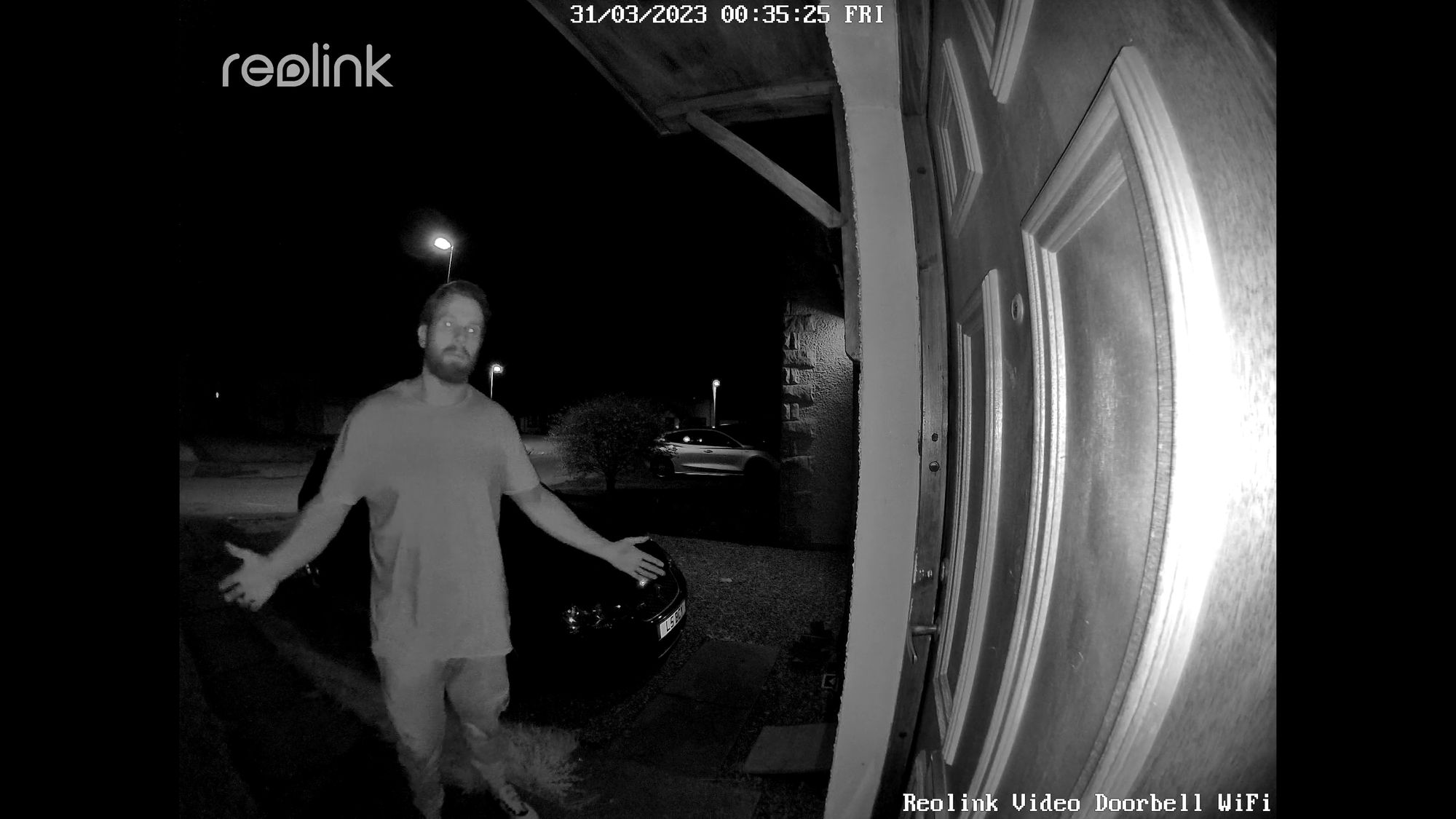
I thought this would be a problem for faces, however it actually seems to work pretty well for faces regardless - this is a huge improvement in clarity, even with the IR bright spot and makes this an actual usable image where you can identify people at night, which really couldn’t be said for the Aqara.

I think if the camera was angled away from the door even more, this would look even better. It’s a shame that the included wedge isn’t enough of an angle to avoid this, which is strange because lots of houses here in the UK have their doorbells on a 90 degree right angle to the door, meaning lots of people are going to have this problem.
Smart Home Integrations
The Reolink Video Doorbell only has official support for Alexa and Google Home, both of which can load the livestream, but neither support automations for doorbell pressing or anything like that, which is a real shame.
There is also no support for HomeKit, but apparently this should work with through Scrytped if you want to go that route, though that is a little more advanced. The Aqara definitely wins when it comes to those three platforms, but the one everyone is probably patiently waiting to hear about with this doorbell, is Home Assistant, and I must say, support for this doorbell in Home Assistant is amazing!

This doorbell has all the options available for like everything you could possibly want inside of Home Assistant - sub view, main view, doorbell presses, motion sensors, person detection sensors, and tons of other controls all available.
This is by far the most complete doorbell I’ve seen in terms of Home Assistant integrations.
Motion Detection
The Reolink has regular motion sensitivity along with person detection, but no face detection like the G4 does, which isn’t a huge deal breaker for me personally anyways.
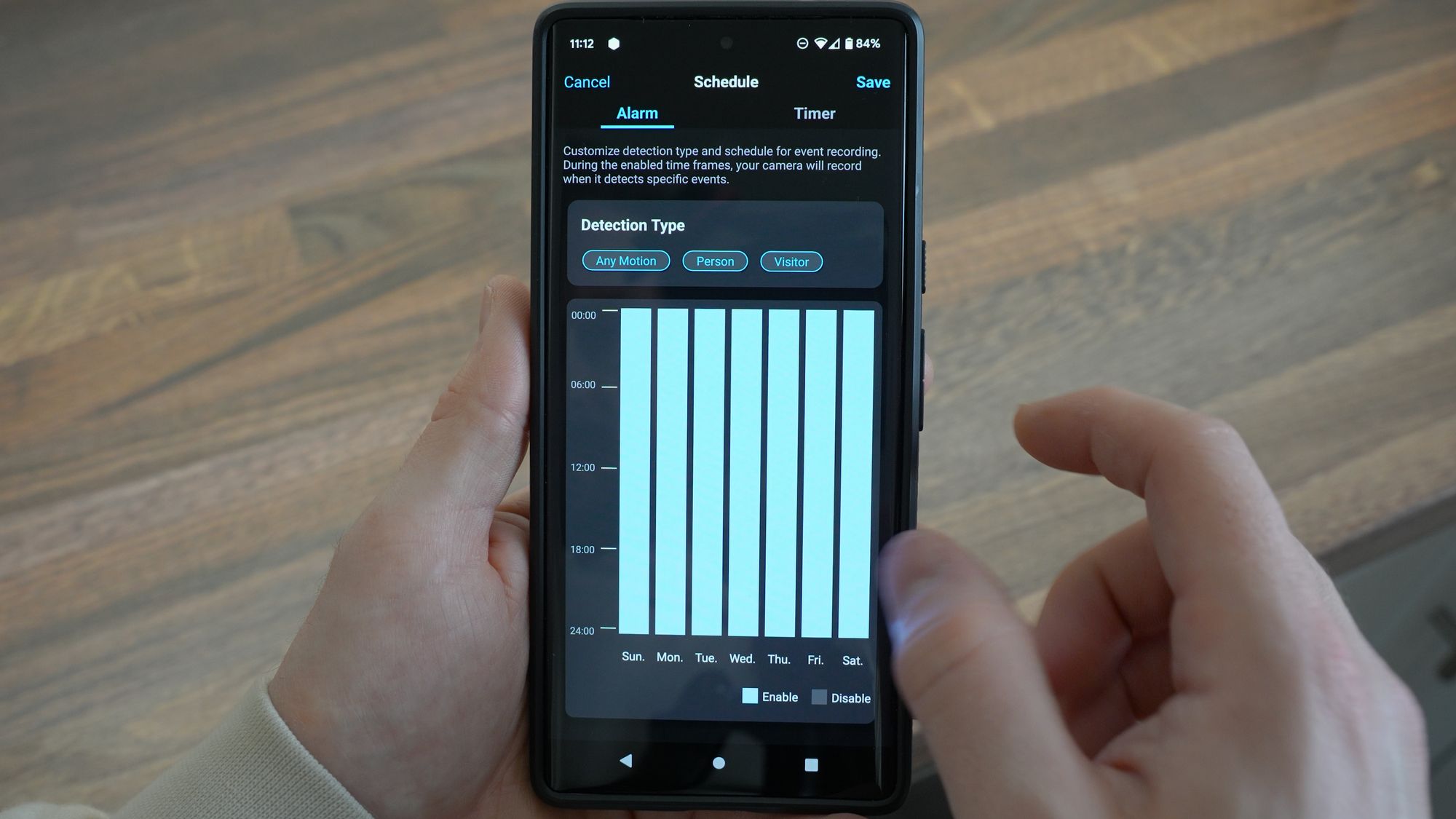
However, the out of the box settings on the Reolink for motion detection are insanely sensitive for me and result in a lot of false positives, to the point where you open the notification and can’t see anything moving at all.
The good thing is that it has quite a bit of customizability over the settings including sensitivity for both the motion and person detection, along with alarm delay, motion zones and privacy masks.
The alarm delay in particular seems to help a lot with reducing notifications, even adding 1s to this has helped me a lot and I’m sure with some tweaking and testing of the other settings it’ll be great, but just wanted to make you aware that the out of box settings are a little nuts.
Since you can integrate this with any NVR you want, this is less of a problem as you can use detection or AI on those other platforms which might work better.
A few improvements
A few other things that could use improvements was stuff like notifications, firstly there is no image shown with notifications which I really miss, and is something the Aqara doesn’t do either. Images in the notifications are really handy and let you get a quick glance so you can decide to bring them up or not.
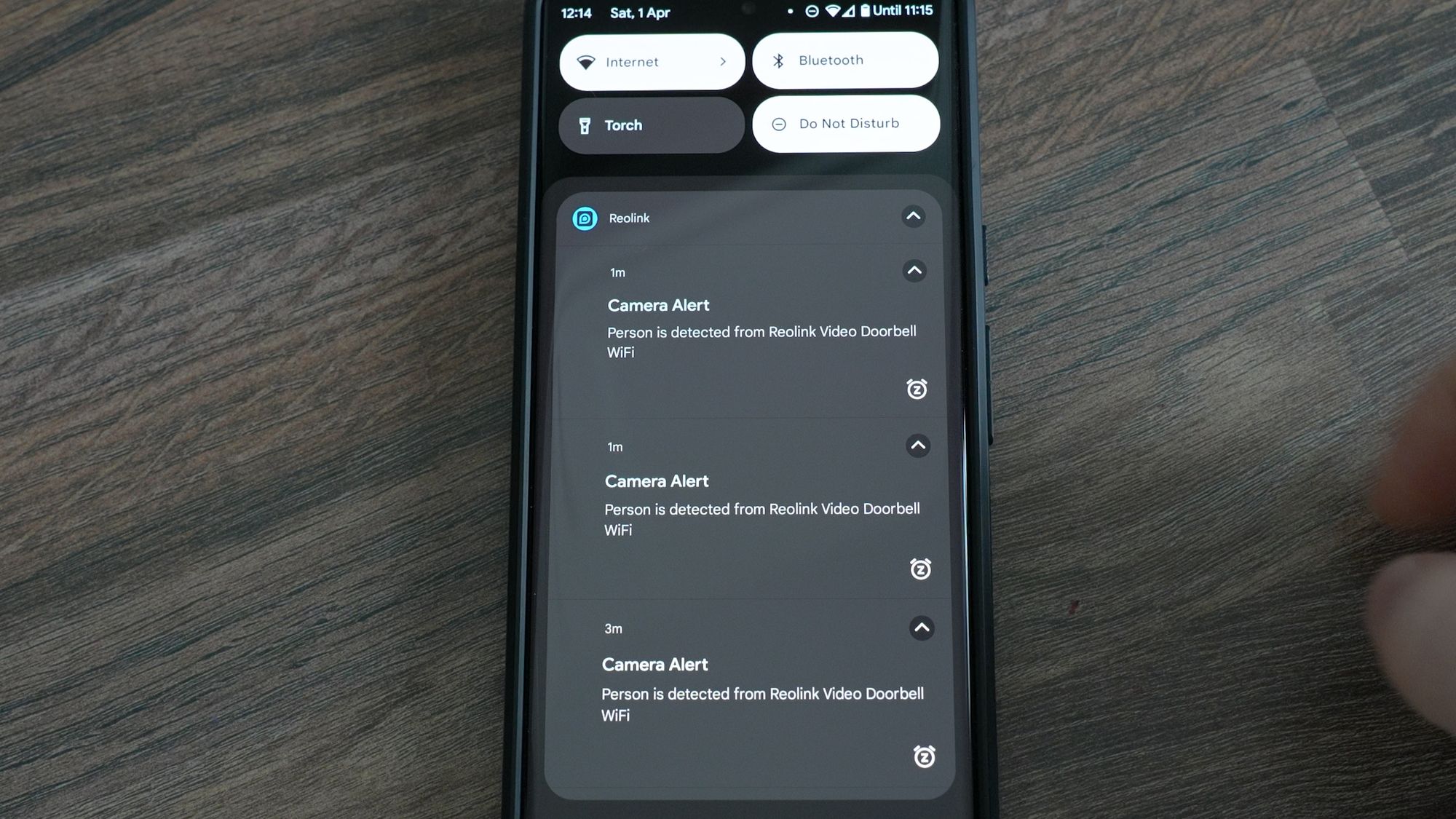
Notifications also don’t bring you into the clips but rather the live view, I’d prefer if that was an option to take you into the motion event rather than live view as I might not see it immediately, so those are something I’d like to see improved too.
Blocking the Internet
I did of course want to test the internet blocking of the device which if you remember with the Aqara, it did work but had that problem when you reboot it, it wouldn’t come back on.
The Reolink has no such issue as I suspected - I’ve tested lots of their cameras in the past I was pretty sure the doorbell would be no different - meaning you can block the internet on the doorbell and everything will continue working properly as intented. Events keep recording, playback works and zero issues with blocking the internet, you love to see it!
Final Words
The final verdict for these two doorbells is actually a lot easier than I initially thought it was going to be.
Price wise they are pretty much identical, so really what it comes down to is platform and customizability.
If you are using Google Home, Amazon or especially HomeKit, then the Aqara G4 is probably a much better buy for you given it’s really easy quick integrations into those platforms.
If you are a Home Assistant user or if you want to use your own NVR, the Reolink is going to be better for you given its awesome Home Assistant integration, with RTSP and ONVIF functionality which really opens up an insane amount of customization and possibilities for this doorbell.
Image quality is also better on the Reolink, especially at night time its a huge upgrade. But then the Aqara has the SD card inside the house which is better, and it can also be fully wireless.
So it just depends really which of those features matters more to you over the others and where you actually want to use this doorbell.
Till next time!
